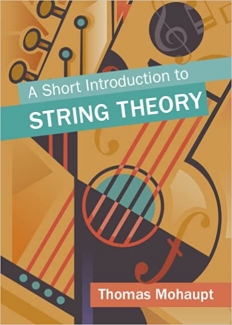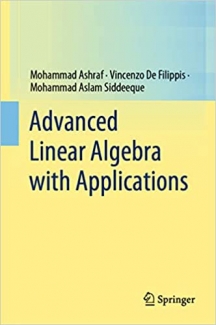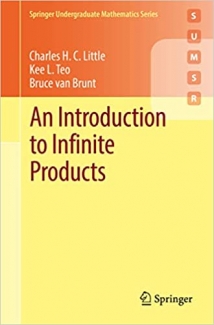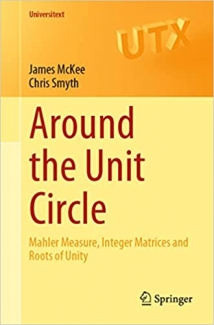جلد سخت سیاه و سفید
Product details
- Publisher : Cambridge University Press; New edition (April 7, 2022)
- Language : English
- Hardcover : 250 pages
- ISBN-10 : 1108481388
- ISBN-13 : 978-1108481380
کتاب A Short Introduction to String Theory
Suitable for graduate students in physics and mathematics, this book presents a concise and pedagogical introduction to string theory. It focuses on explaining the key concepts of string theory, such as bosonic strings, D-branes, supersymmetry and superstrings, and on clarifying the relationship between particles, fields and strings, without assuming an advanced background in particle theory or quantum field theory, making it widely accessible to interested readers from a range of backgrounds. Important ideas underpinning current research, such as partition functions, compactification, gauge symmetries and T-duality are analysed both from the world-sheet (conformal field theory) and the space-time (effective field theory) perspective. Ideal for either self-study or a one semester graduate course, A Short Introduction to String Theory is an essential resource for students studying string theory, containing examples and homework problems to develop understanding, with fully worked solutions available to instructors.
منابع کتاب کتاب A Short Introduction to String Theory
این کتاب که برای دانشجویان تحصیلات تکمیلی در فیزیک و ریاضیات مناسب است، مقدمه ای مختصر و آموزشی بر نظریه ریسمان ارائه می دهد. این مقاله بر توضیح مفاهیم کلیدی نظریه ریسمان، مانند ریسمانهای بوزونی، D-branes، ابرتقارن و ابر ریسمانها، و روشن کردن رابطه بین ذرات، میدانها و ریسمانها، بدون فرض پیشزمینه پیشرفته در نظریه ذرات یا نظریه میدان کوانتومی تمرکز دارد. به طور گسترده ای برای خوانندگان علاقه مند از طیف وسیعی از زمینه ها قابل دسترسی است. ایده های مهم زیربنای تحقیقات فعلی، مانند توابع پارتیشن، فشرده سازی، تقارن سنج و T-duality هم از منظر صفحه جهان (نظریه میدان همسان) و هم از منظر فضا-زمان (نظریه میدان موثر) تحلیل می شوند. ایده آل برای تحصیل خودآموز یا دوره تحصیلات تکمیلی یک ترم،
































ارسال نظر درباره کتاب A Short Introduction to String Theory